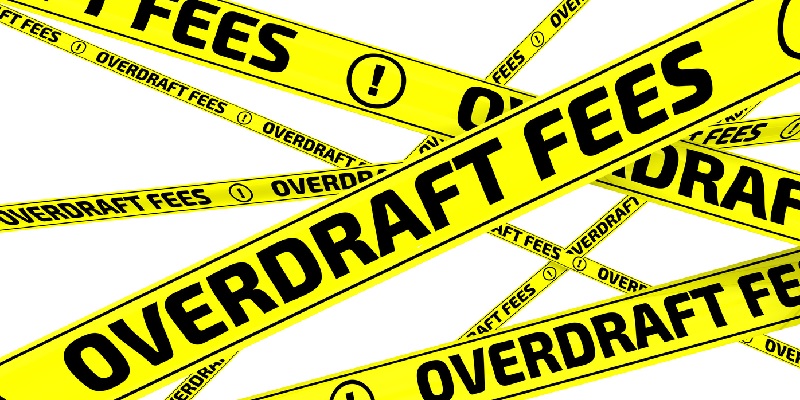 When you overdraw from your bank account, and the bank covers your withdrawal or payment. This overdraft fee is charged to your account if your bank doesn’t cover the account going over it’s balance. However, there are several banks that will offer an overdraft protection service if this happens. Most overdraft protection services will charge you for covering your account.
When you overdraw from your bank account, and the bank covers your withdrawal or payment. This overdraft fee is charged to your account if your bank doesn’t cover the account going over it’s balance. However, there are several banks that will offer an overdraft protection service if this happens. Most overdraft protection services will charge you for covering your account.
Below I will go over what an overdraft fee is and what you can do to avoid it.
 |
 |
Overdraft Fees
An overdraft fee occurs when there isn’t enough in your account to fund when you make a transaction or withdrawal. Some banks will not let you overcharge your account and your transaction may be declined. Keep an eye out for any charges, while your payment can be declined, the fee may still apply.
Normally, this fee will be around $34-$35 for most banks. Meanwhile people who overdraft from their account with no protection will eventually build up about $500 in fees each year. Once you figure out how an overdraft fee functions, you’ll be able to save money and manage your account better.
Overdraft fees aren’t always included in your automatic transactions or checks. However, keep in mind that there are several banks and credit unions that see it differently. They will label checks or transactions you haven’t paid off as “non-sufficient funds” (NSF Charge).
What You’re Paying For
Building up your overdraft fees will take a toll on you in the long run. When you spend too much on your account it’s seen as “bouncing a check.” Writing checks opposed to a deposit that hasn’t been cleared causes this. There are several ways you can protect your account from overdraft. Unfortunately, the shield for these fees comes at a price.
Some financial institutes will include overdraft protection services in many of their products. In other words, they will advance your account far enough to keep it from going past the limit. They will charge you for advancing your money. However, going over this limit will do more damage to your account.
How to Stay Away From Overdrawing
When you overdraw from your account, you’ll end up paying more for it eventually. But, there are many ways you can avoid paying more. Enroll in online banking, you’ll see that there are many features with online banking that will help. Keep up with your transactions, when you are more aware of how much you spend, you’ll be able to manage your money.
It’s a good idea to have some extra money in your account to fall back on. This way it will help avoid going over your limit. Think about different substitutes for overdraft protection rather than paying for the fee. Several financial institutes will let you link your savings account with your checking account. In other words, if you do overdraw, money from your savings will be transferred over.
Conclusion
Overdraft fees don’t make it fun for anyone, why pay more for overdrawing? Even with the overdraft protection services, there is still a charge for having the services. In the long run, you can always avoid fees and perhaps find a better alternative to these services. Withdrawing too much from your account does happen, but when it does you’re well informed of how to handle the situation.




